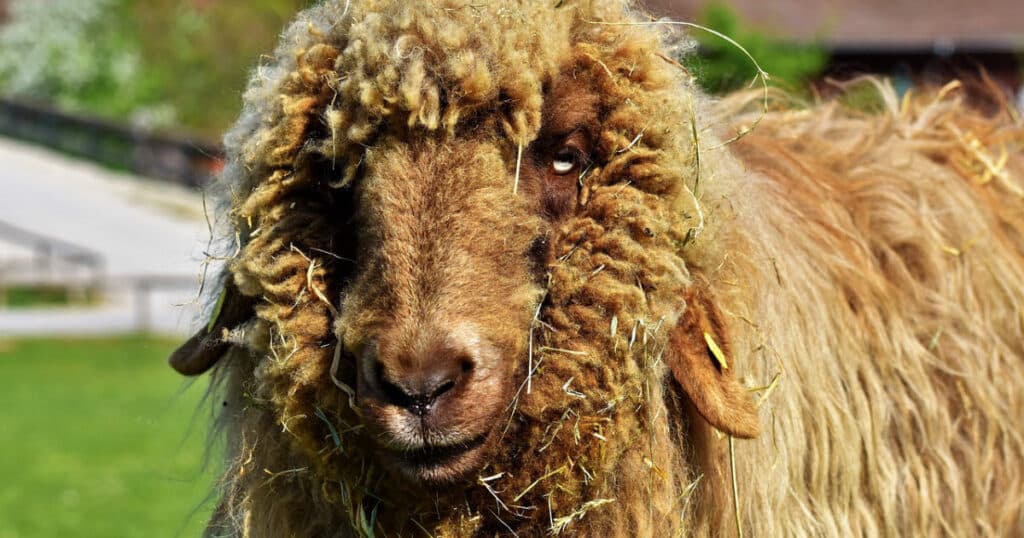If you have decided to raise sheep for wool production, then you will first need to learn how to keep sheep wool clean and free of contaminants. Most fleece produced on small farms is marketed to hand spinners who will either require raw fleece or roving. Spinners will be looking for wool in many different colors and textures. You need to understand why your wool is good and what it should be used for.
Generally, spinners want a fleece that is consistent, free from second cuts, wool breaks, and vegetation. Improper feeding and management practices (especially during winter when sheep crowd around feeders and consume hay) lead to dirty fleece and a higher percentage of wool thrown out during skirting.
In this article we’ll explore the reasons keeping sheep fleece and wool clean and free of debris is important. We’ll also cover the steps you can take during different seasons to produce a superior product on your fiber farm.
Why Keeping Sheep Wool Clean is Challenging
Sheep are living creatures. Their wool can get vegetable matter and dirt in it throughout the year. Some of this is natural and unavoidable, but you can take steps to avoid it. Prevent contamination and production loss by managing your flock the right way.
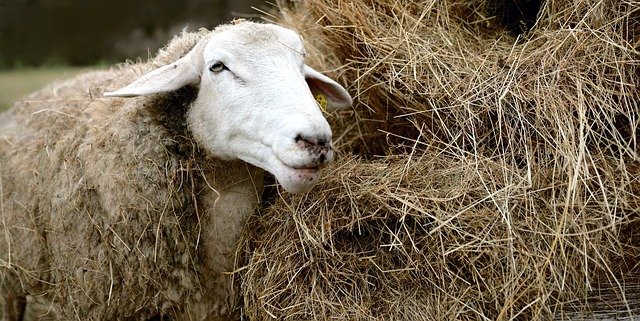
In the spring and summer, thistles or burrs in the field can get stuck in wool. Winter’s wet or snowy conditions may require you to house your sheep indoors. Even while in a barn or shed, eating hay or the wrong feeder can cause debris to get into the fleece and actually ruin it.
There are many steps that you can take to avoid these mishaps to keep your sheep clean and harvest incredible wool.
Why It’s Worth Making the Effort
There are many reasons why keeping your sheep wool clean and free of contaminants is important.
- Reduce waste. If you maintain your flock’s wool while it is still on the sheep, you will have less wasted wool from it being dirty.
- Improves the amount of marketable wool each sheep in your flock produces. If you are marketing your wool to hand spinners, they’ll choose your clean fleece over your competitors.
Measures to Protect Your Sheep’s Wool
Now let’s take a look at some management choices that can have a significant impact on the quality and cleanliness of the wool your fiber farm produces.
Barn vs Pasture
Although every shepherd has their reasons for choosing barn vs. pasture. For the most part, pastured sheep usually have cleaner fleece and are healthier all around. Bedding in the barn easily embeds into the wool and lowers quality.
If you must barn your sheep due to lambing, illness, or protection from outside predators, then choose an absorbent bedding.
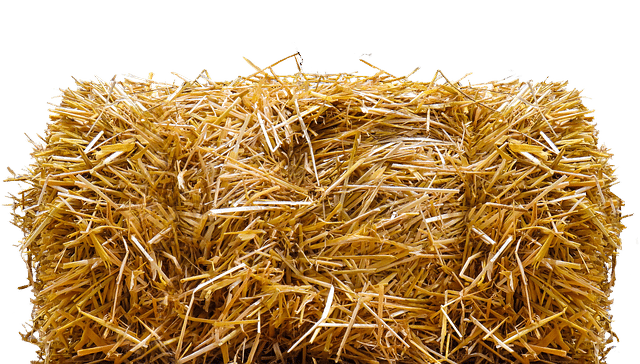
Good Bedding Options
- Long-stem straw
- Wasted hay
These options are safer for your sheep and less likely to cause issues.
Bedding Options to Avoid
- Sawdust shavings
- Chopped straw
Not only can these ruin wool but they’re likely to cause respiratory issues, as well.
Feeding for Clean Fleece
When feeding there are two important aspects to consider:
- Don’t feed sheep from above
- Give adequate space to each sheep
Use Proper Feeders
Although many traditional hay mangers are made to feed at or above head level, this is terrible for maintaining clean fleece.
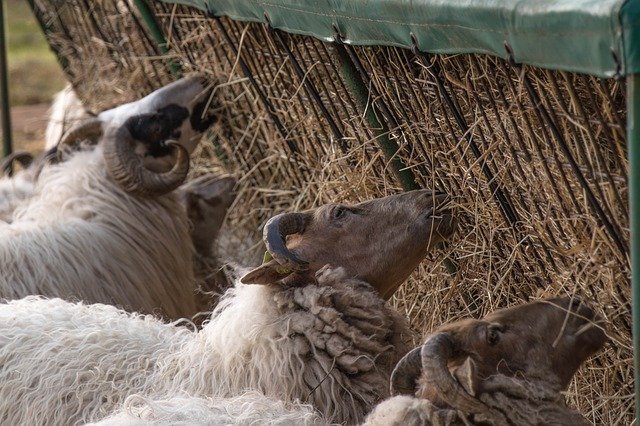
Pieces of food can fall either onto the ground or onto the sheep and get lost in their fleece. When the hay falls to the ground the sheep will not eat it. It can even become contaminated with parasites. Always feed from the ground or at head level.
Since it can be difficult to find low feeding systems, it is possible to build your own using plywood, a hog panel, and 2-by-4’s. Additionally, you can simply feed along the fenceline.
Give Sheep Adequate Feeding Space
Giving adequate space for each sheep is crucial because overcrowding forces sheep to go under or between others. They’ll get tons of hay and grain in their wool while doing so. Proper spacing recommendations are:
- 12 inches of space for rams
- 16-20-inches of space for ewes
- 9-12-inches for lambs
This will keep your wool cleaner and avoid bald patches from sheep eating out of one another’s wool.
Extra Protection with Wool Covers & Coats
In order to give your wool extra protection, you can use wool covers. These are made in different sizes to keep vegetable matter, bugs, and dirt out of your herd’s wool. Wool covers can also reduce tippy-ness and sun bleaching.
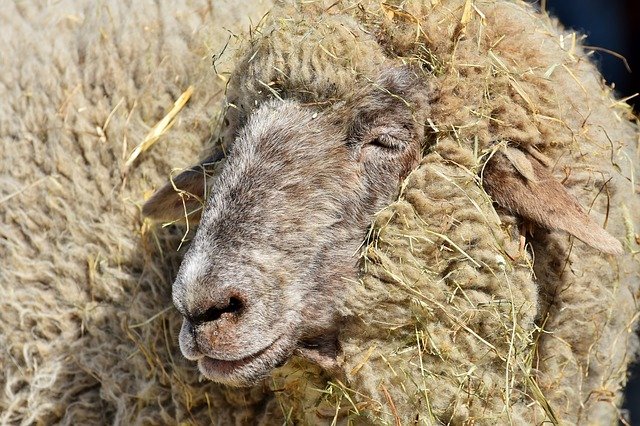
Covers should be a breathable material that will not promote mildew. Change the covers as the wool grows, which can sometimes be between 3 to 6 different times between shearings.
Before using any type of wool covers on your flock you should try them out on one or two sheep. Different breeds and conditions respond to wool covers in specific ways. Test if this is a good choice. It would be incredibly unfortunate to place covers on all of your sheep only to find out that the wool felted from wearing a cover.
Healthy Animals Make For Good Wool Production
Healthy animals create healthy wool. Take good care of your anmals to obtain the best quality of wool and the highest yield. Good sheep care includes:
- Good nutrition
- Well-managed pastures
- Parasite control
- Vaccinations
Maintain Good Nutrition
Maintaining sheep nutrition is important year-round. This does not mean you should be stuffing your sheep, but rather keeping them steadily fed and healthy. Dramatic weight loss can translate into wool break, which in turn will affect your wool supply.
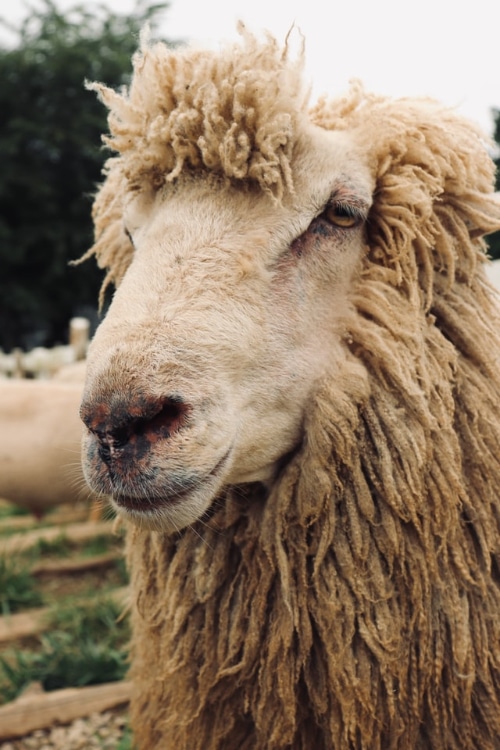
Natural food is usually better. Avoid concentrates as much as possible and allow them to enjoy pasture life. What is also true is that you will need to feed them high-quality food, better than they might normally find in the wild.
This might mean incorporating high-quality alfalfa into their hay as well as grain for pregnant and nursing ewes for weight control.
Watch Out For Parasites
Parasites can also affect your flock. Worms can cause a break or tenderness in the wool. That’s uncomfortable for your animals and impacts wool quality. One way to avoid parasites is pasture rotation. Along with this, flocks should also be treated for lice and keds (external parasites) which can cause physical discomfort and lead to itching or rubbing of the wool.
Avoid Unnecessary Flock Stress
Similar to how stressed individuals can produce poor work, stressed sheep results in poor wool. In order to avoid stressing your flock, there are a few steps you can take.
- Try to make captures in a small and confined area. This will avoid grabbing their wool and chasing your sheep around a large area.
- Having your supplies organized such as hoof trimmers, styptic powder, and vaccinations helps to avoid stress while your sheep are in the stanchion.
- Make sure your fences are in good condition and do not allow dogs or predators near your flock. Few things are more stressful to your flock than predators. You might consider a guard animal if this is an issue for you.
- Give your animals love and affection. Give the sheep treats as well as physical massages and scratches behind their ears. This will make them relaxed and feel comfortable with you rather than seeing you as an enemy that shears them.
It’s Worth the extra TLC
If you are looking to get top dollar for the wool you are producing with your flock, then you need to be willing to put a bit of extra care into your sheep. In no time, you will truly understand why wool is an incredible commodity. Being a part of this industry is a gift to the nation. If you feed your sheep properly, are aware of how long they remain in the barn, and pay attention to your flock, then you will produce the best wool possible that also yields a very fair and high price.

